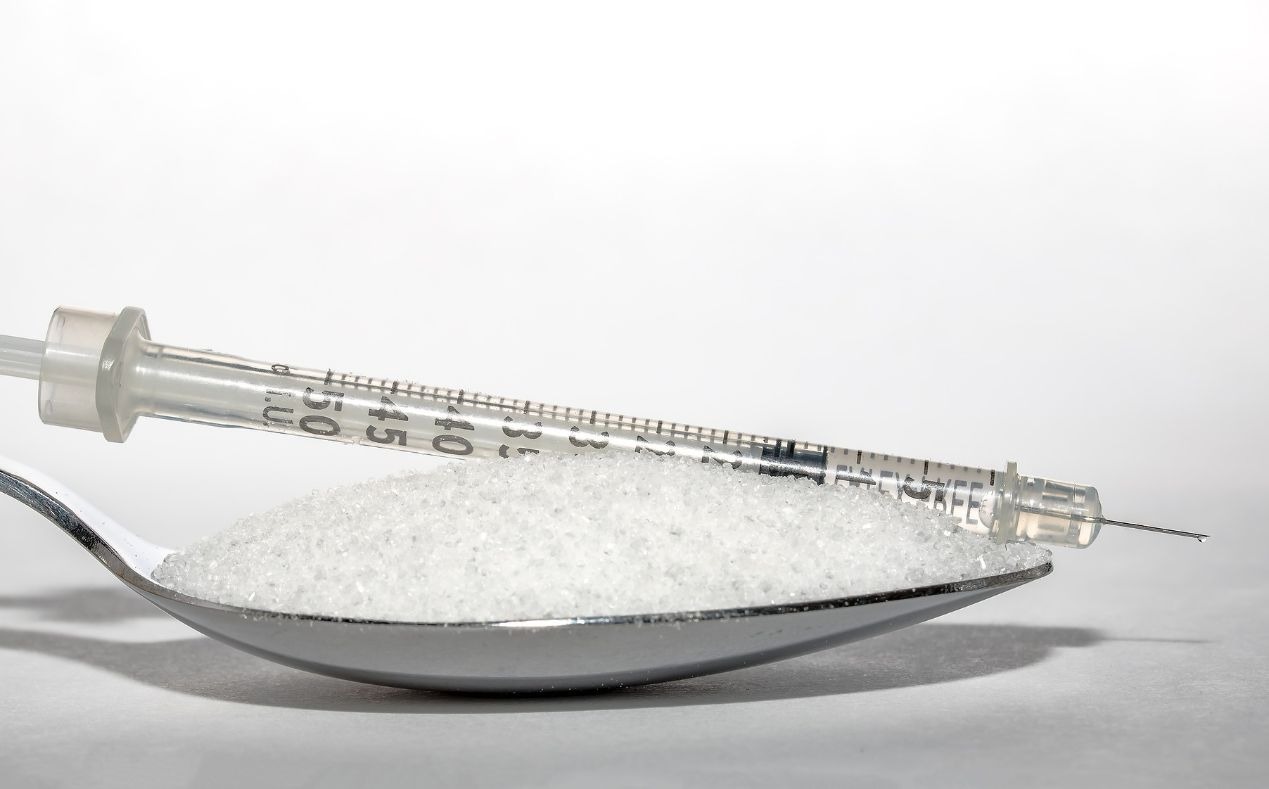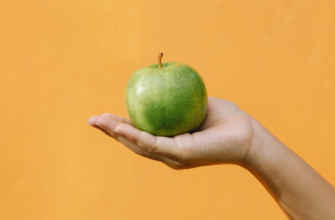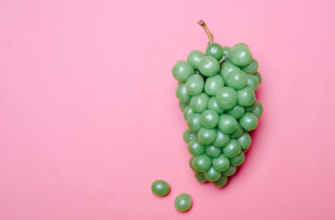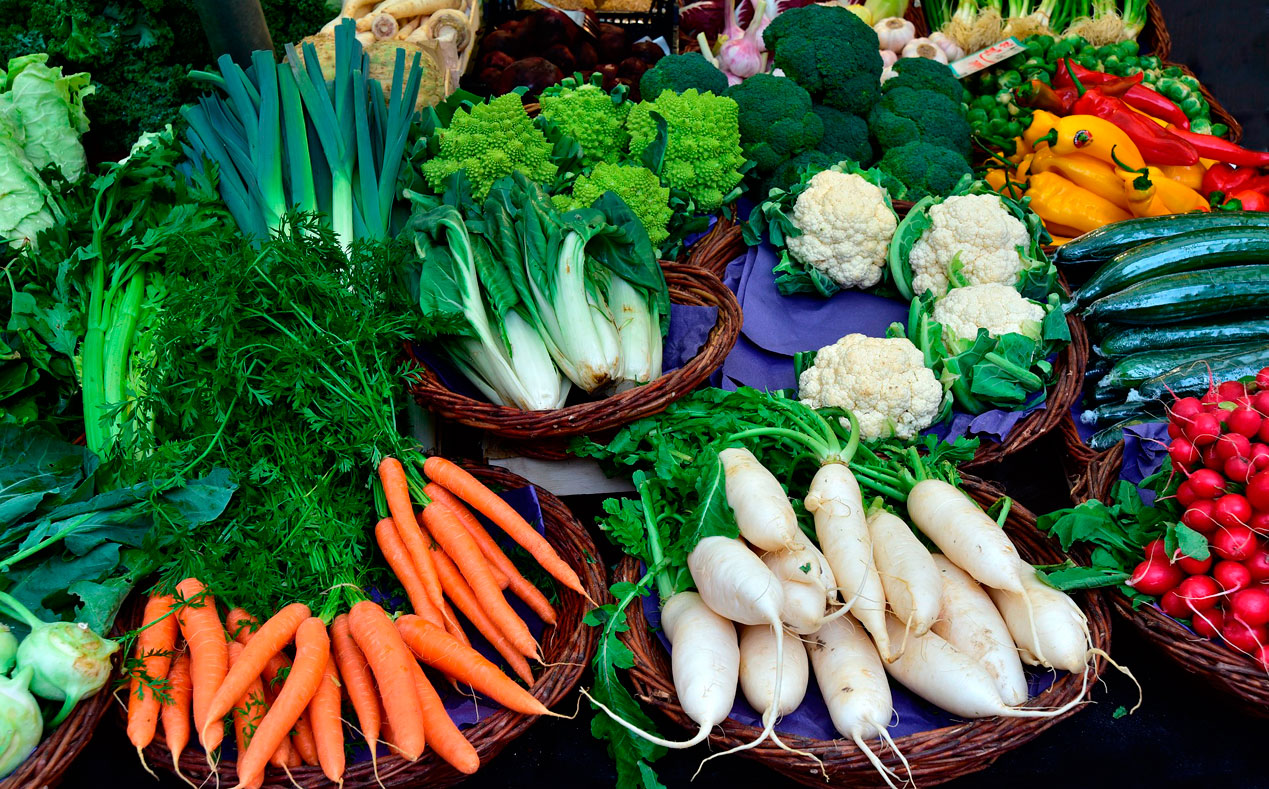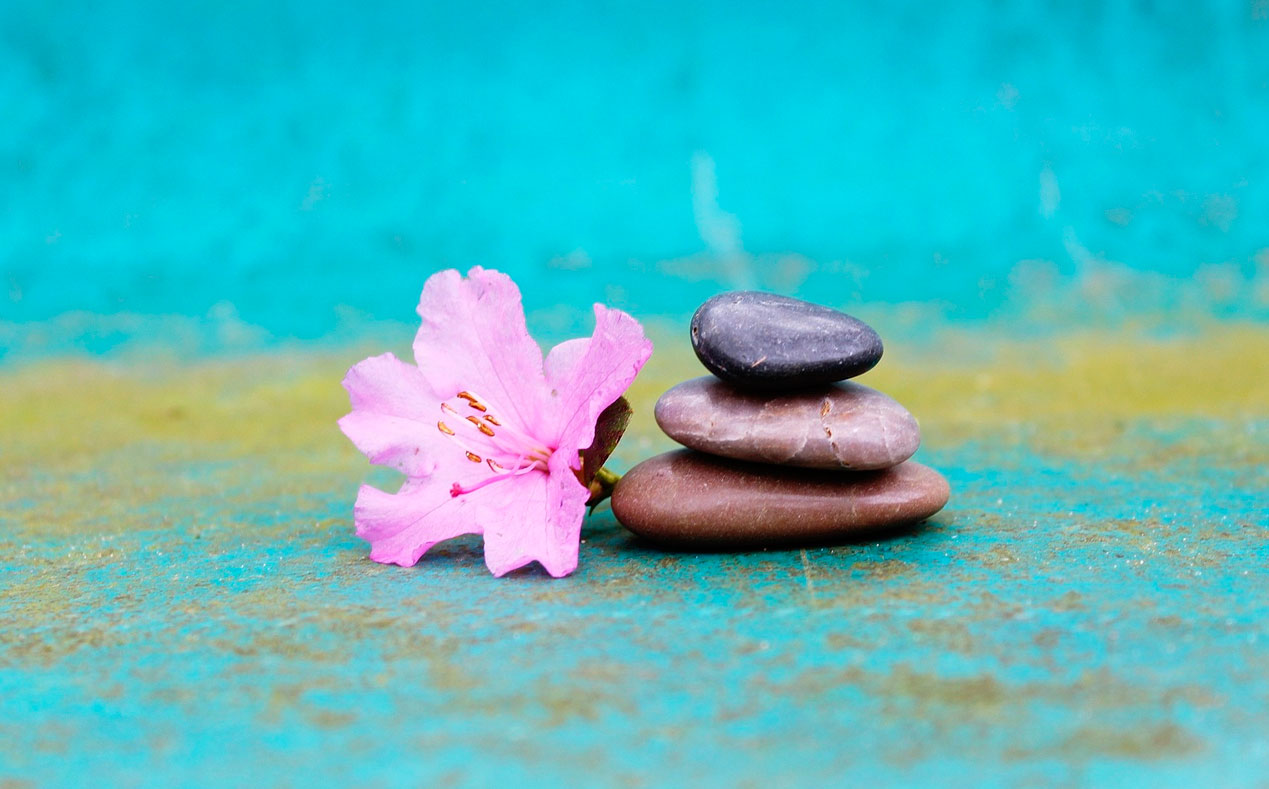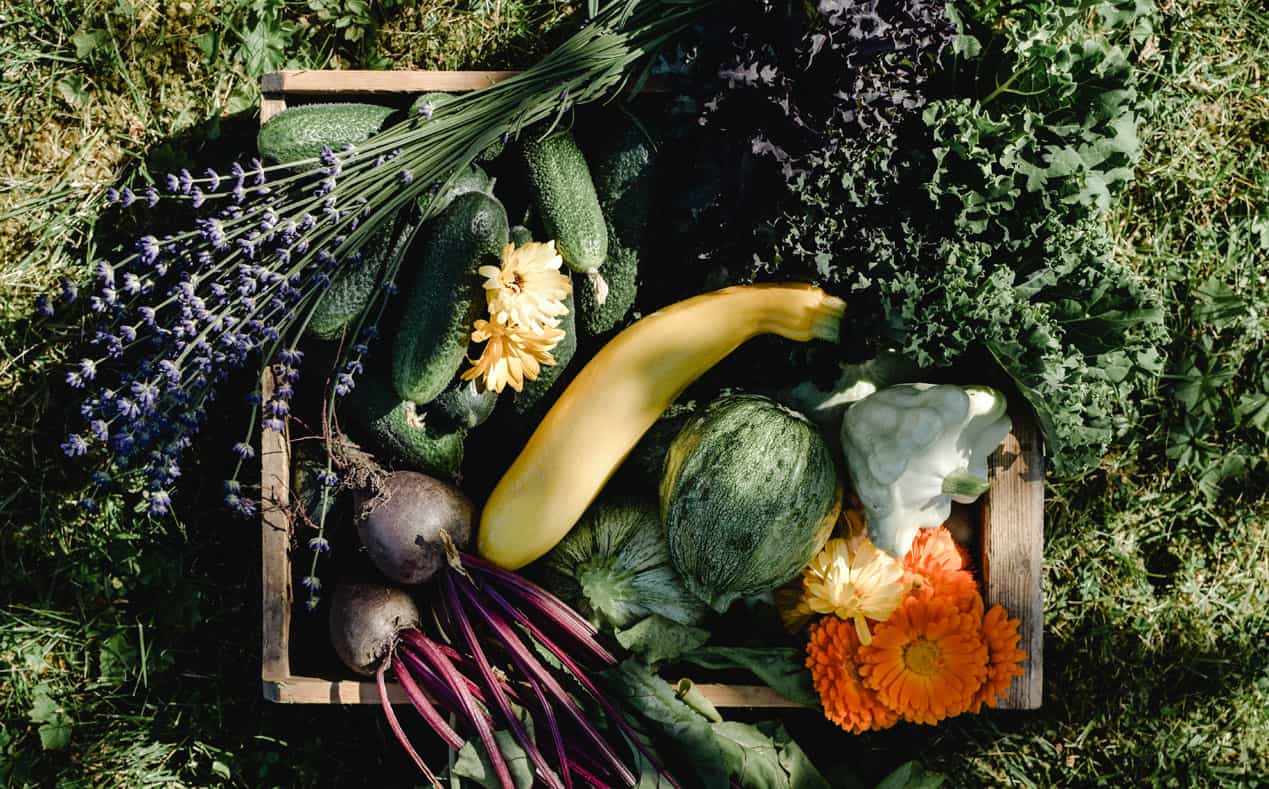Sugar became widespread around the Eastern Pacific and Indian Oceans around 3,500 years ago, when it was traded by Austronesian and Polynesian seafarers.
The first chemically refined sugar appeared on the scene in India about 2,500 years ago. From there, the technique spread east towards China, and west towards Persia and the early Islamic worlds, reaching the Mediterranean in the 13th century. Eventually, Cyprus and Sicily became important centres for sugar production.
Throughout the Middle Ages, sugar was considered a rare and expensive spice, rather than an everyday commodity. This food – which nobody needed, but everyone craved – drove the formation of the modern of the world.
In many ways, the story of sugar and tobacco are closely aligned. Both products were initially produced through slave labour, and were originally seen to be beneficial to people’s health and, although both sugar and tobacco have ancient origins, it was their sudden, mass consumption from the mid-17th century onwards that created the health risks we associate with them today.
While tobacco is widely acknowledged to be addictive, sugar can also drive behavioural responses that are indistinguishable from addiction. If you feel like you are craving a chocolatey treat, that craving is more than just a figure of speech. You may be one of the world’s most common dependants: a sugar addict.
Sugar has a bittersweet reputation when it comes to health. It occurs naturally in all foods that contain carbohydrates, such as fruits and vegetables, grains, and dairy. Consuming whole foods that contain natural sugar is okay. Plant foods also have high amounts of fiber, essential minerals, and antioxidants, and dairy foods contain protein and calcium.
However, problems occur when you consume too much added sugar — that is, sugar that food manufacturers add to products to increase flavor or extend shelf life.The typical American now swallows the equivalent of 22 sugar cubes every 24 hours. That means the average woman eats 70 pounds (approx 32 kg) —nearly half her weight—of straight sugar every year.
Sugar increases the risk of obesity, diabetes and heart disease. Large-scale studies have shown that the more high-glycemic foods (those that quickly affect blood sugar), including foods containing sugar, a person consumes, the higher their risk of becoming obese or developing diabetes and heart disease.
Thinking about reducing your sugar consumption? Good idea! Here’s how to tackle the seemingly impossible task:
PHASE 1: Eliminate Sugary Beverages
If you’re anything like the average woman, you’ll slurp down nearly 40 pounds (70,000 calories!) of liquid sugar per year.
PHASE 2: Quit Sugary Junk Foods
Love scoffing down cakes, cookies and candy bars? It’s time to stop! You should also avoid foods which disguise themselves as healthy such as granola bars. Always try to opt for fresh food over processed snacks as almost 80% of processed snacks contain high levels of added sugar.
PHASE 3: Reduce Simple Carbs
By this point you’ve probably halved your sugar intake and dependency and shed some serious pounds. Next, tackle simple carbs, which act just like straight sugar in your body. Make a list of the refined foods you typically eat (e.g., crackers, white breads, white pastas) and, again, reduce them one by one over the next two weeks.
PHASE 4: Control Hidden Sugars
This one’s the trickiest and could take a full two weeks to master. Because hidden sugars are, well, hidden, you could still be ingesting lots of sweet stuff. Keep a critical eye on ingredient labels on condiments, sauces, and salad dressings—all sneaky sugar sources. Also, be wary of “sugar-free” options; many are packed with simple carbs instead.
PHASE 5: Keep It Up (Realistically!)
It’s all right to indulge yourself every now and then, but pay close attention to your cravings.
On the bright side, once you’ve kicked the habit and your taste buds are back to normal, fruits will taste super sweet and satisfying and massive amounts of added sugar will taste like what they are: sickeningly sweet.


